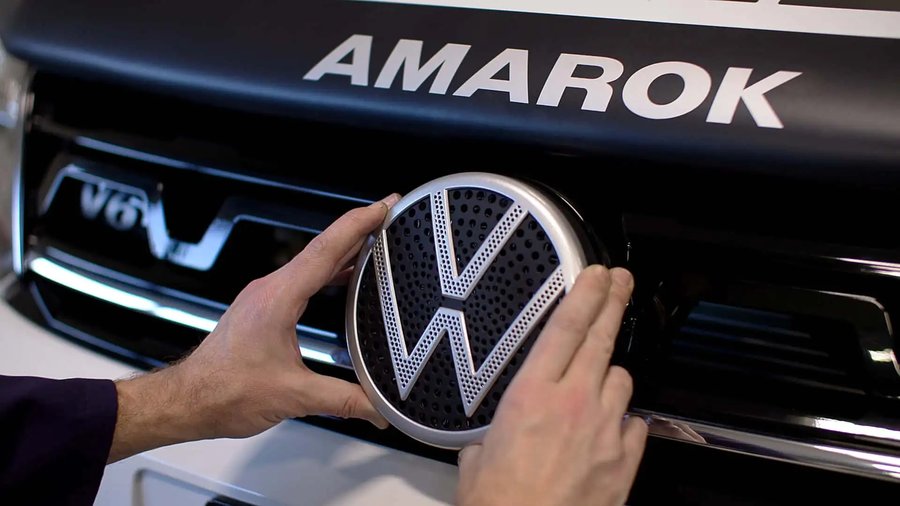Volkswagen's RooBadge aims to reduce car-kangaroo collisions in Australia

Volkswagen Australia cites data saying 90% of wildlife collisions in Australia involve some variety of kangaroo (yes, there's more than one kangaroo species). A 2018 story said the nationwide 'roo population had topped nearly 50 million animals, and as Aussie cities expand, the suburbs are moving further into kangaroo territory, increasing the number of annual incidents. Especially in rural areas, kangaroos will gather at the roadside starting around dusk to get to the water that pools by the roadway and the vegetation growing there because of that water; a single insurance firm, the National Roads and Motorists' Association, said it received 14,500 claims in 2018 just from car-kangaroo crashes. To reduce such events, Volkswagen Australia spent three years working on a project with its local ad agency DDB Sydney, kangaroo behavior specialists at the University of Melbourne, and wildlife organization WIRES to create a gadget that would protect drivers and animals: The RooBadge.
Developed using the Amarok pickup, the RooBadge is a VW grille emblem with an embedded, directional loudspeaker. But this isn't the wind-powered deer whistle still sold in some U.S. stores, this is powered by an app built into the vehicle's infotainment system. Different kangaroo species react to different sounds, so the project is starting with the Eastern Grey Kangaroo. Developers trialed collages of sound first on 'roos acclimatized to humans, like those that hang around golf courses, then on wild kangaroos in the hinterlands, using remotely monitored Amaroks fitted with motion sensors, 360-degree cameras, and directional speakers. The composite sounds include noises made by predators like dingos, the foot thumps kangaroos use to warn another, and bird alarm calls.
The directional speaker is powerful enough to project the noise down the road at a volume louder than an Amarok moving at 62 miles per hour, and at such a high frequency that humans can't hear it. Activation is automatic, the app using vehicle speed and vehicle GPS coordinates, plus GPS coordinates of known animal populations, to cue the speaker noises when appropriate. Using 'roo population data around the country, the plan is to create custom noises for each kind of kangaroo, like the Western Grey and the Red Kangaroo that often ends up in YouTube clips, leaving the app to decide which sounds are the best to play. There's also a reporting tool so organizations like Wires can update population locations and varieties.
Having gained approval from the University of Melbourne's Office of Research Ethics and Integrity for stage four trials, the team will begin real-world testing using an Amarok at speed among wild populations.
The RooBadge is a custom-fit replacement for an Amarok badge, but the backers see this as a tool to aid car owners and animals around the world, especially countries with big deer populations like the U.S. University of Melbourne researcher Dr. Helen Bender said, "What’s interesting about deer relative to kangaroos is that they’re very similar in body size, head size, and ear size. What we know from science is that the ear shape in the head shape tells us that they probably have similar hearing ranges. So, whatever we learn has transferability to the deer as well."
Assuming the fourth state of the trials process goes well, VW's working on a license-plate-sized RooBadge that could fit on any vehicle from any manufacturer.

Nouvelles connexes


